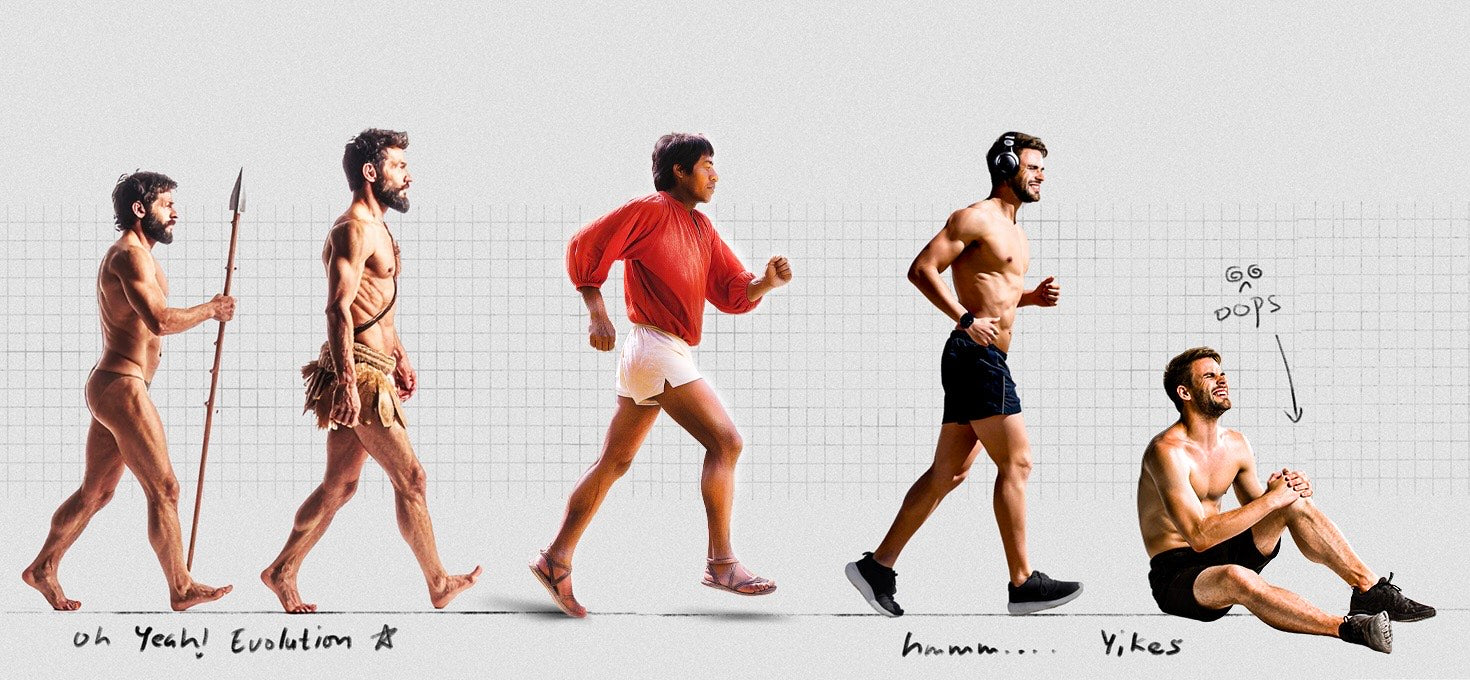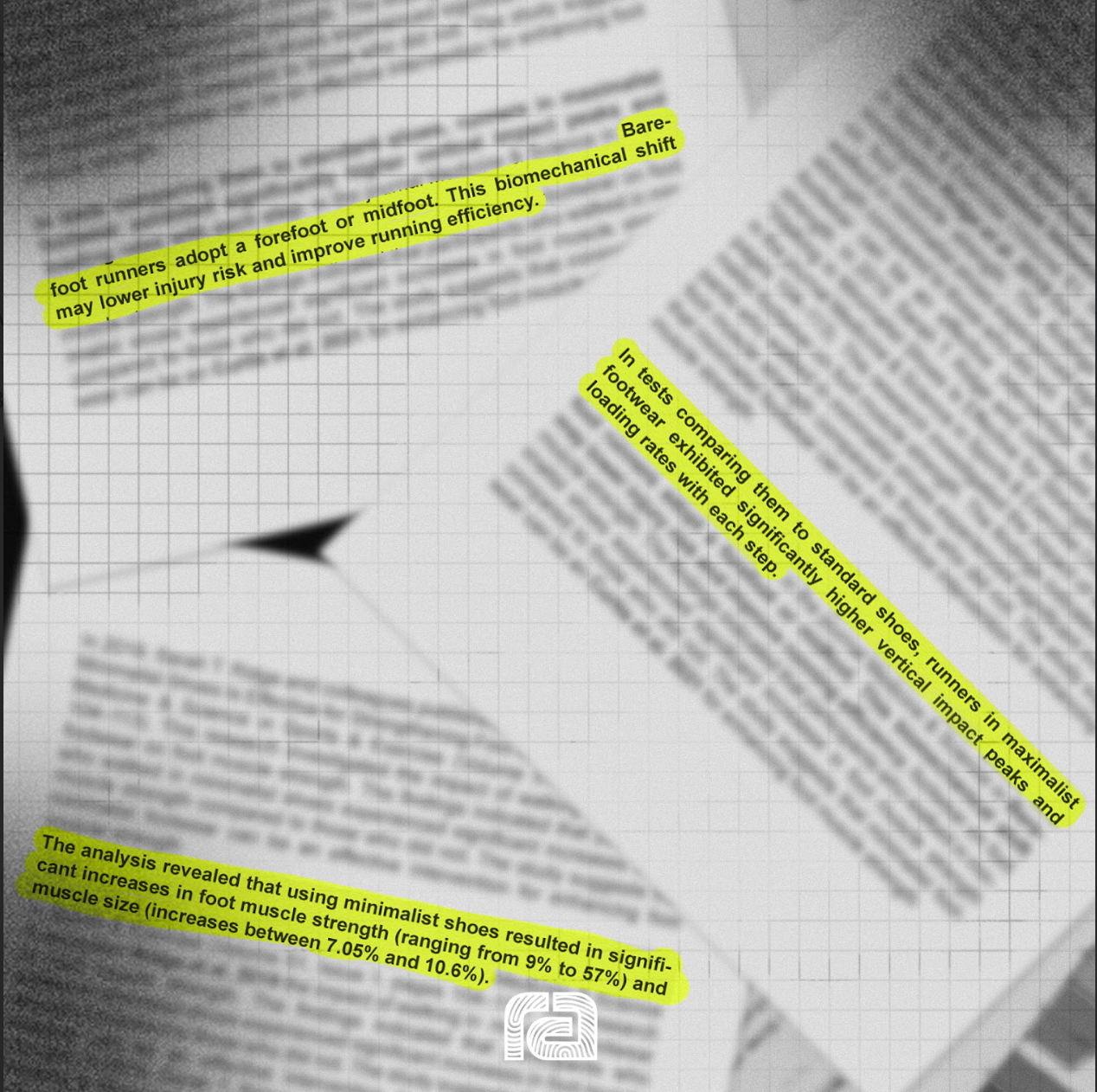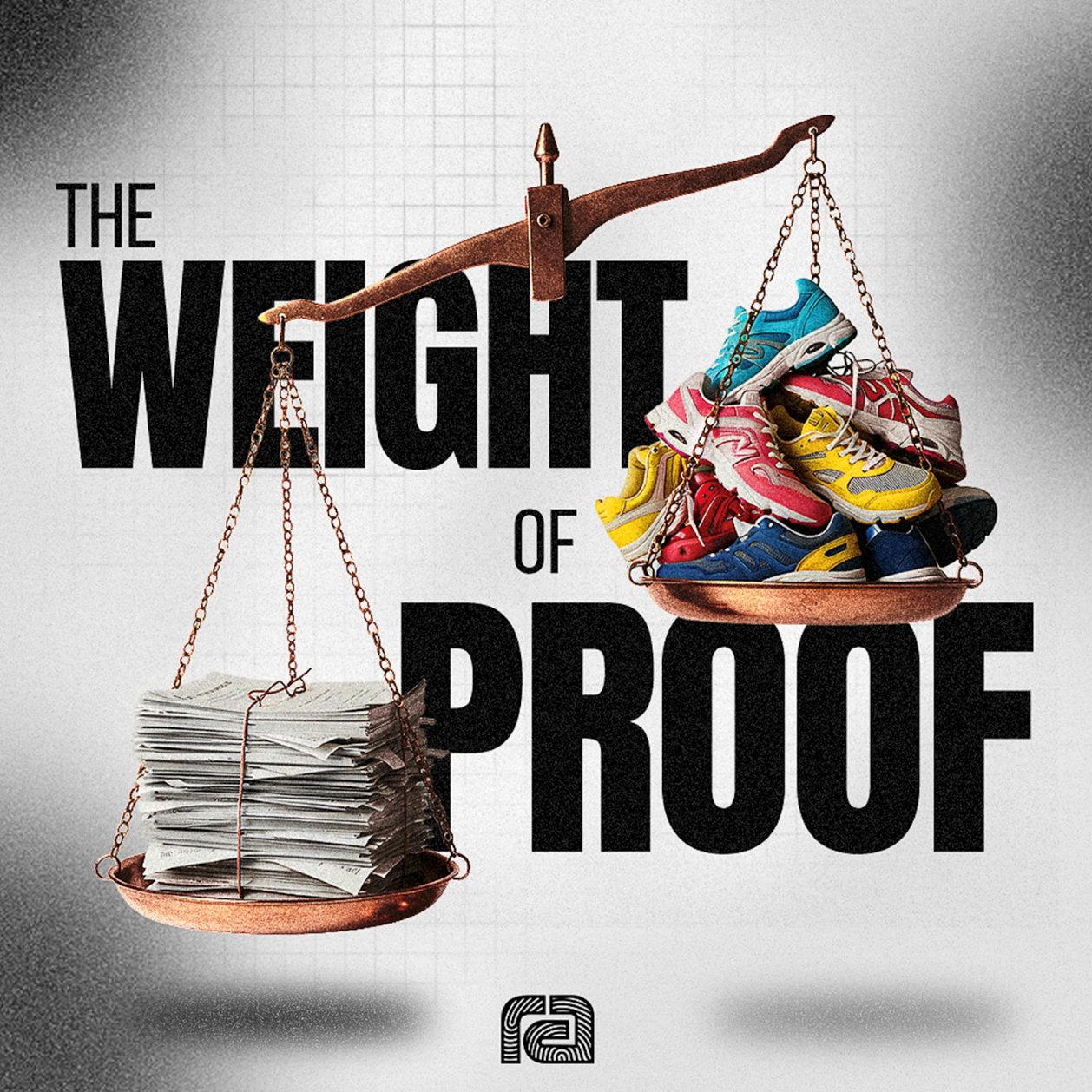
History of Barefoot Footwear
The history of barefoot footwear is as old as humanity itself.
For most of human history, our ancestors walked and ran without shoes. Our feet evolved over millions of years to be strong, flexible, and highly capable of navigating diverse terrains without external support.
Many ancient cultures, like the Greeks, often preferred being barefoot, especially for athletic activities. Ancient Olympic athletes even competed barefoot. When footwear was used, it was typically minimalist. Examples include simple sandals in ancient Egypt made from papyrus or palm leaves, and the huaraches worn by the Rarámuri people of Mexico, which are still used today for running long distances. These offered protection but allowed for significant foot movement.
The Rise of Conventional Footwear
Over time, as societies developed, footwear became more common and evolved for various reasons, including protection, social status, and fashion. Shoes became more structured, with thicker soles and added features.
The 20th century saw a significant shift with the rise of the modern athletic shoe, often featuring thick cushioning, arch support, and heel elevation, designed with the intention of preventing injuries. However, they ended up doing the opposite owing to the impact of such features on natural foot mechanics.

The Modern Barefoot Movement
In the late 20th and early 21st centuries, a movement began to question the necessity of heavily structured footwear. Inspired by studies of barefoot runners and the natural biomechanics of the foot, the concept of "barefoot shoes" started to gain traction.
Key Developments in the Barefoot Footwear Space
-
-
-
-
-
-
-
Vibram FiveFingers (early 2000s): These toe shoes were a significant catalyst, popularizing the idea of minimalist footwear that allowed for maximum foot articulation and ground feel.
-
-
-
-
-
-
-
-
-
-
-
-
-
Christopher McDougall's "Born to Run" (2009): This book highlighted the running abilities of the barefoot-wearing Rarámuri tribe and sparked widespread interest in barefoot and minimalist running.
-
-
-
-
-
-
-
-
-
-
-
-
-
Multiple Research Studies (2000 onwards) on the benefits of barefoot footwear. The benefits of barefoot footwear are no longer speculative. Multiple independent studies have arrived at the same outcome: barefoot shoes contribute to measurable improvements in foot muscle size and strength as well as overall posture and gait improvement through everyday use.
-
-
-
-
-
-
In essence, the modern barefoot movement is a return to a more natural way of moving, acknowledging the foot's inherent capabilities while providing a minimal layer of protection for the demands of modern life. It's a rediscovery of what our feet have been doing for millennia and are designed for - free movement!




